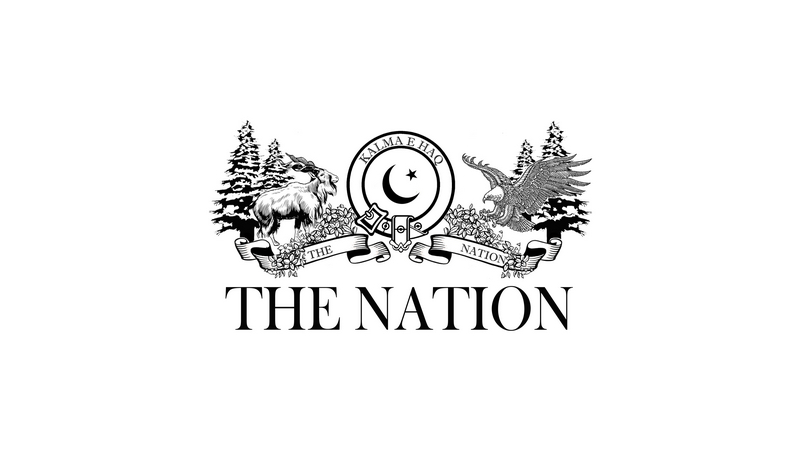Brussels – Inflation in the eurozone remained unchanged in April, staying higher than analysts expected, official data showed, but was unlikely to sway the European Central Bank from its interest rate-cutting cycle. Consumer prices in the 20-country single currency area rose 2.2 percent in April, the same rate as in March, the EU statistics agency said, despite a faster fall in energy prices.
Core inflation — which strips out volatile energy, food, alcohol and tobacco prices and is a key indicator for the ECB — accelerated more than expected to 2.7 percent in April, after registering a 2.4 percent increase in March, Eurostat data showed. Analysts for Bloomberg and FactSet had expected headline inflation to slow down to 2.1 percent and core inflation to accelerate to 2.5 percent. The disappointing figures come after services sector inflation rose by 3.9 percent last month, significantly higher than the 3.5 percent recorded in March. The ECB closely monitors the sector as it is highly correlated to wage growth, with fears over a vicious cycle between rising wages and increasing prices, making it more difficult to tackle inflation.
“These increases will remind the ECB of possible upside risks to inflation,” said Hugh Lind, economist at the London-based Centre for Economics and Business Research. “Nevertheless, with continued uncertainty weighing on growth in the currency area, we expect the ECB to continue cutting rates over the rest of the year,” he added. ECB Vice President Luis de Guindos expressed confidence on Monday that inflation would continue to fall, despite trade tensions linked to US President Donald Trump’s tariffs.
“The rise in core inflation should not cause concern due to the temporary nature of the services uptick, and the outlook becoming less inflationary,” said Riccardo Marcelli Fabiani, senior economist at Oxford Economics.
Fabiani added the ECB is “likely to cut rates” at its June 5 meeting “before holding steady”.
